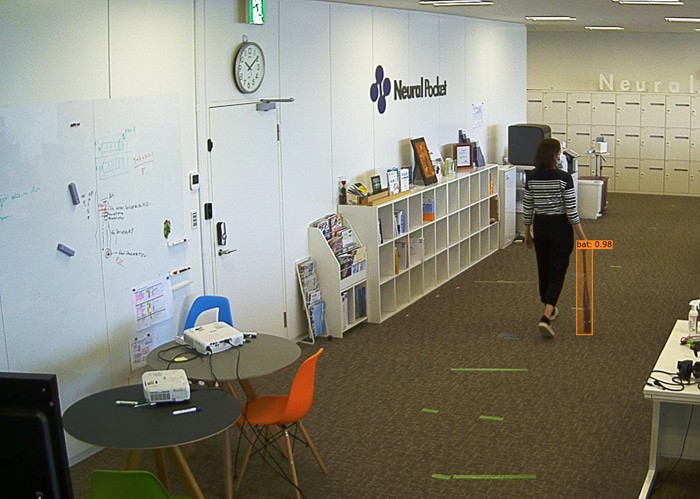Unity has announced its Computer Vision Datasets. It is a tool that allows developers to easily create large amounts of images of certain types of objects. AI models can then use the images to train computer vision algorithms.
The tool builds on Unity’s experience in developing 3D environments. The company develops the Unity engine, which is particularly popular with smaller game developers to build their games on. The engine is also used for other 3D purposes, such as architecture, engineering and construction.
Training AI with 3D models
Unity wants to apply that knowledge in building 3D worlds to training AI models and computer vision. Users can use Computer Vision Datasets to display specific objects in a variety of environments, orientations, sizes and lighting conditions. The resulting images can then be used to train AI models, Danny Lange, senior vice president of AI at Unity, told SiliconAngle.
According to Unity, one problem with creating synthetic data to train AI models is that, ironically, they have to be created by an AI. This is expensive and time-consuming and therefore a barrier for smaller companies. That is what Unity wants to address.
Meeting specific needs
According to the company, the advantage of Unity’s approach is that these synthetic datasets can meet specific needs and conditions that are not necessarily feasible when using existing or real data. Examples include when real data is hard to come by due to privacy requirements or for self-driving cars, for which it seems prohibitively expensive to get a decent dataset with real data.
“Data captured from the real world is often biased towards what is easy to collect, is subject to human labeling errors, and needs to be refreshed often, which can be very expensive”, Lange said. “Synthetic data has the unlimited ability to produce datasets that are diverse on any dimension, it is perfectly labeled, and is much less expensive to refresh.”
Searching for weapons
Unity Computer Vision Datasets can be used for numerous purposes. One example is training AI on object detection, such as for manufacturing, commerce and security. Smart city company Neural Pocket is already using the technology to check in commercial buildings and public spaces whether people are carrying dangerous objects such as weapons.
